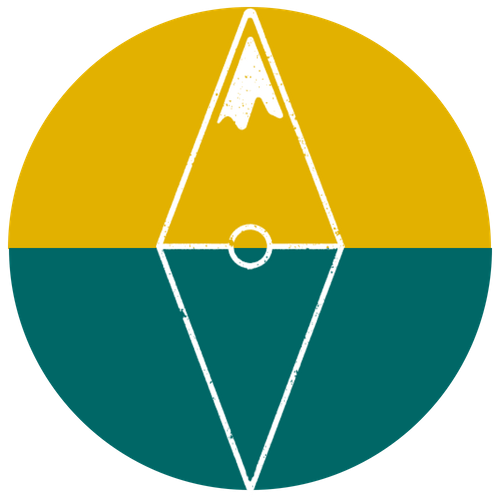
VALUES:
THE PROTECTION & RESTORATION OF CONSERVATION AREAS:
Across the world there are roughly 3,000 national parks, while a study in the early 2000s has shown that private reserves “constitute about an eighth of the total amount of land on which wildlife is protected around the world”. Since then the trend has been growing: private conservation initiatives and public-private partnerships are at the forefront of progress in park and reserve management, with success stories of ecosystem restoration and rewilding. We strongly support such initiatives, and promoting their work is at the core of our mission.
CONTENT THAT INSPIRES & EDUCATES:
We belive in conservation which involves humans and their communities. The more we learn about, discover and get inspired by success stories in conservation and dream of exploring wild places around the world, the more we can get attached to supporting the cause of protecting nature. Our hope is that through knowledge and awareness we can be better visitors to conservation areas. We create content focused on the inspiring voices of conservationists, on photography and filmmaking, on ways in which we can help preserve the ecosystems that we visit, and on how we can support local communities.
THE EXPANSION & CONNECTIVITY OF CONSERVATION AREAS:
The creation of large protected areas is the result of a better understanding of ecological processes which allow species to continue to evolve. Conservation "islands", like unconnected national parks, can ultimately lead to more limited biodiversity. This is why expanding protections and creating strategic migration corridors to connect conservation lands, especially in the face of a changing climate, is critical for the survival of fauna and flora. A growing body of science shows that ideally the planet should reach a 50% protected surface.
CONSCIOUS TRAVEL PRACTICES & RESPECT FOR BIODIVERSITY:
Up to 14,000 tons of sunscreen wash off annually in the oceans from beachgoers, killing off coral reefs. Part of the whale hunting industry in Iceland is fueled by tourists sampling whale meat. Temples and “sanctuaries” across Asia keep wild animals drugged, tortured and caged for tourists to take pictures. All this can improve through education and awareness, and more travelers can become agents of positive change in support of wildlife conservation. Promoting the idea of choosing places to visit based on the possibility of helping the conservation of biodiversity is part of our mission.
SUSTAINABLE TOURISM FOR LOCAL ECONOMIC GROWTH:
A NatGeo Pristine Seas & University of California Santa Barbara study showed that a shark in the Galapagos generates US $5.4 million over its lifespan through diving & tourism. Illegal poaching for the fin fetches $200 per shark. This led to the creation of the Wolf & Darwin Sanctuary, home to the largest shark density in the world. The outdoor industry in the USA was worth over US $373 billion in 2016, higher than oil and mining, and remains one of the fastest growing sectors of the economy. Worldwide tourism of protected areas generated roughly $600 billion in nearby communities in 2015. Communities and countries have to partake in the economic benefits from having a conservation area at their doorstep, with help from travelers taking the responsibility of consuming locally, reducing their impacts and only demanding services with consideration toward local resources and cultures. Neighboring communities to conservation areas are the main allies to ensure the survival and health of those areas in perpetuity.
Download our annual reviews from 2017 and 2018:
THE INTERNATIONAL CONSERVATION FESTIVAL:
At the confluence of a celebration of conservation efforts and of traveling and exploring the world responsibly, this international festival will bring together conservationists, photographers, filmmakers, authors and storytellers in a week-long series of events. These events will inspire us and connect us, the public, with the good that is happening in the world of conservation and with extraordinary places that we can visit and where our money goes toward important causes and projects. This will be the next big step that Conservation Atlas will take starting in 2021. Follow us for updates.
Raja Ampat Marine Park, Indonesia


